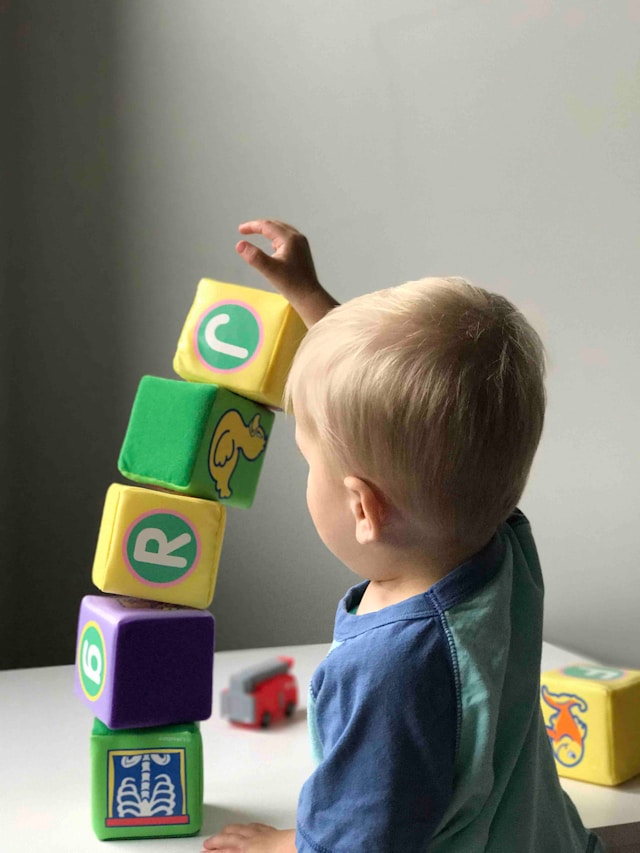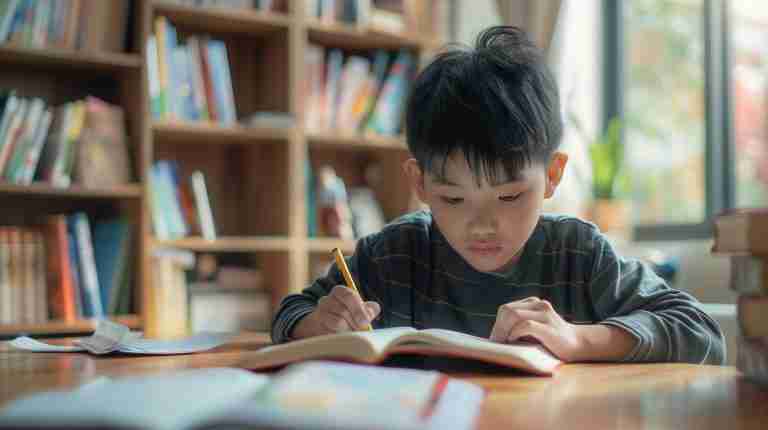Understanding the PSLE Scoring System: A Guide for Parents and Students
12 March 2025
BY: matrixmath
From 2021, the PSLE will use a new scoring system that prioritises individual achievement and helps students build on their strengths and interests without changing the curriculum and assessment standards. We will unpack the fundamentals of the new changes and how they matter to students. Fundamental Changes to the PSLE Achievement Levels (AL) The core change stems from the move away from T-scores to wider scoring bands called Achievement Levels (ALs), with each PSLE subject scored based on eight ALs. Achievement Level (AL) Raw Mark Range 1 Above 90 2 85 – 89 3 80 – 84 4 75 – 79 5 65 – 74 6 45 – 64 7 20 – 44 8 Below 20 The PSLE score is weighted by the sum of the four core subjects: English Language Mother Tongue Language Mathematics Science The lower a student’s score, the better; as such, the highest achievable score is four, while the lowest is 32. However, the ALs should not indicate a student’s academic achievement; instead, they gauge their current understanding of the subjects they learn, which can inform their interests and help them decide what they should focus on in secondary school. Why are Scoring Bands Unevenly Distributed? Based on the MOE’s expectations, “below half of the PSLE cohort” will score 75 marks or higher for Standard subjects,” so the narrower distributions for upper AL bands aim to prevent too many students from sharing similar PSLE scores that affect their secondary school postings. With middle to lower ALs, the scores are expected to be “more widely distributed”, and any “finer differentiation” would be considered “less meaningful” towards their secondary placements. By doing so, students will have a “wider range of schools to choose from” based on their current “strengths and interests” and whether they are keen on specific school programmes or co-curricular activities. It moves away from the previous T-score system’s emphasis on student performance “relative to their peers” and more towards how well they understand their subjects. The goal is to promote lifelong learning and critical thinking, skills that will help them thrive in post-secondary education and their future careers. Posting Groups Per the MOE’s implementation of Subject-Based Banding (SBB), the Normal (Technical), Normal (Academic), and Express streams will be replaced entirely by the Posting Group system beginning “from the 2024 Secondary 1 cohort.” Based on a student’s overall PSLE score, they are posted to secondary school via three Posting Groups (Groups 1 to 3), primarily determining their admission to secondary school and “the initial subject levels” they can take in Secondary One. Students will then take subjects at three subject levels, depending on their Posting Group. These levels, ranked G1, G2, and G3, correspond to the “previous N(T), N(A), and Express standards, respectively.” Students of “different backgrounds, strengths, and interests” across different Posting Groups will then be grouped in mixed form classes, giving opportunities for peer learning across different levels. PSLE Score Posting Group Indicative Subject Level 4 – 20 3 G3 21 – 22 2 or 3 G2 or G3 23 – 24 2 G2 25 1 or 2 G1 or G2 26 – 30(AL7 or better in EL and MA) 1 G1 Under this system, students can now “adjust their subject levels at appropriate junctures” based on their current interests, understanding, and learning needs. This opens up new opportunities for learning “based on their various subjects and subject level combinations” in post-secondary settings. How the PSLE Scoring Benefits Students Celebrating Individual Achievements The MOE continuously distances itself from the sole focus on academic achievement and favours a more holistic and inclusive approach emphasising individual success. The new system will still recognise high-achieving students’ efforts while offering lower-band students the opportunity to work their way forward at an appropriate learning level. As students improve, they can choose to take subjects at a “more demanding level,” further strengthening their understanding while granting them more options for “post-secondary pathways” later on. It can be a powerful motivator as students see their progress, driving them towards a pathway that aligns with their interests and capabilities. Focus on Strengths The PSLE remains a “useful checkpoint” for determining a student’s skill level and where their true strengths lie. The new PSLE scoring system aims to develop their strengths and guide them towards a learning environment that suits their current level of understanding. Matching students to the appropriate learning level ensures they can do their best at their own pace and naturally improve their competencies, all while avoiding situations where they constantly struggle to understand the subject matter. Improve Confidence With the new emphasis on self-development at a comfortable pace, students can feel more confident in improving their literacy and numeracy skills and better understand the subject matter of whatever they learn. The easier it is to understand the subject matter, the better they get at solving various problems, which, in turn, further heightens their confidence as initially complex subjects are no longer an issue for them. That can go a long way toward cultivating their interests and picking relevant pathways that help drive their ongoing success. Manage Expectations With this holistic approach to education, the new scoring system allows parents and students to find ways to manage expectations positively, shifting away solely from academic excellence in favour of student excellence on their terms. Parents and students should frequently and openly communicate about prospective pathways, current challenges, and various other topics that can help nudge the student forward in the right direction. Build Your Child’s Success with Personalised PSLE Math Tuition At Matrix Math, comprehensive and practical support for students starts with a team of qualified tutors and personalised teaching methods. We provide carefully tailored tutoring that builds students’ confidence and competency using valuable revision materials and strengthens their core fundamentals. Contact us today to learn how we can empower our students with these critical skills.









